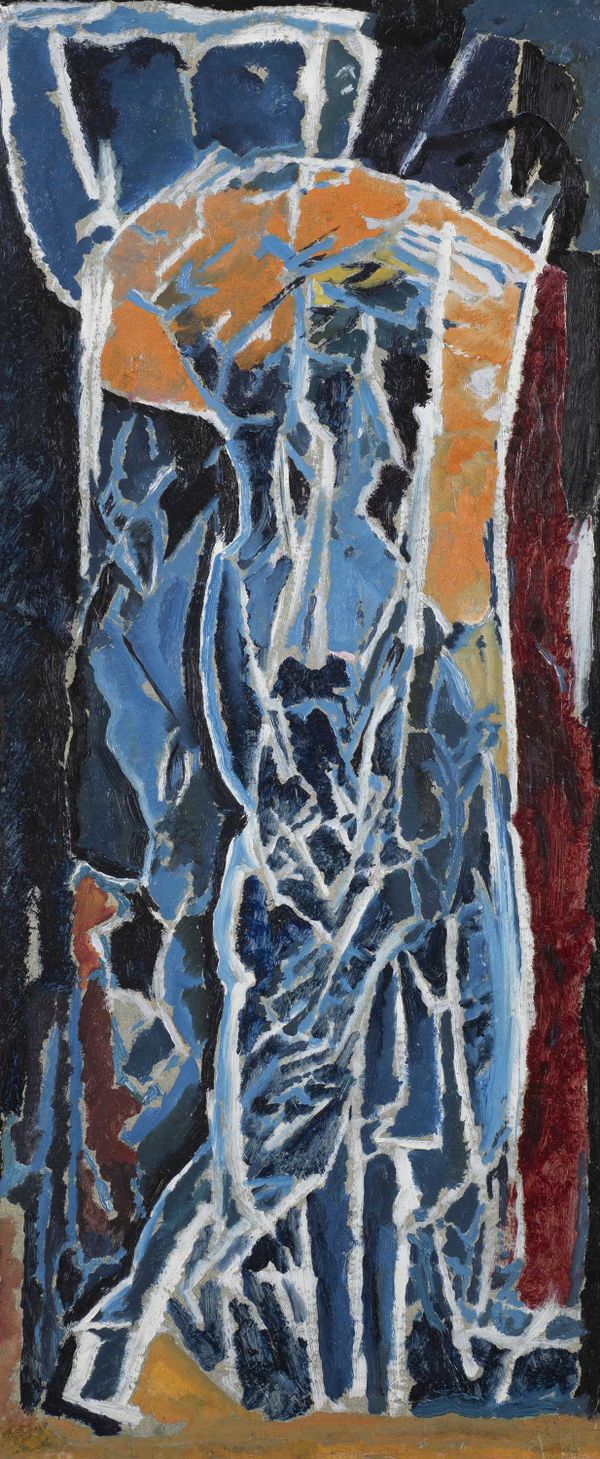David Bomberg
(1890-1957)
David Bomberg was a British painter best known for his bold, angular Avant-grade compositions. He was often associated with mechanical depictions of the human figure, seen frequently in his early works, combining influences of cubism and futurism. The outbreak of World War I impacted Bomberg severely and, during the interwar period, his focus moved to more traditional landscape paintings, reminiscent of Post-Impressionist painting.
Born to an impoverished Jewish-Polish immigrant family in Birmingham in 1890, Bomberg studied at the Slade School of Art under Walter Richard Sickert, with artists such as Stanley Spencer and Dora Carrington. He was expelled in 1913 due to his breach from the conventional approach of the time and he became a member of the Whitechapel Boys: a collection of London based Jewish artists and writers who were interested in political ideologies, including socialism. Bomberg gradually developed a more expressionist technique and travelled widely through the Middle East and Europe. From 1945 to 1953, he worked as a teacher at Borough Polytechnic (now London South Bank University), where his pupils included Frank Auerbach and Leon Kossoff.
Bomberg died on August 19, 1957. On the 30th anniversary of his death, the Tate Gallery, London, held a retrospective of his work and, in its wake, many museums worldwide followed. Today, his works are held in notable collections such as the Art Institute of Chicago, The Museum of Modern Art in New York, the Tate Gallery in London, and the National Galleries of Scotland in Edinburgh.

